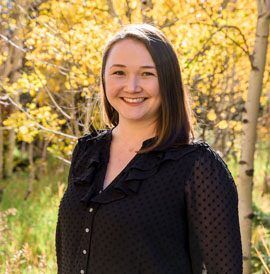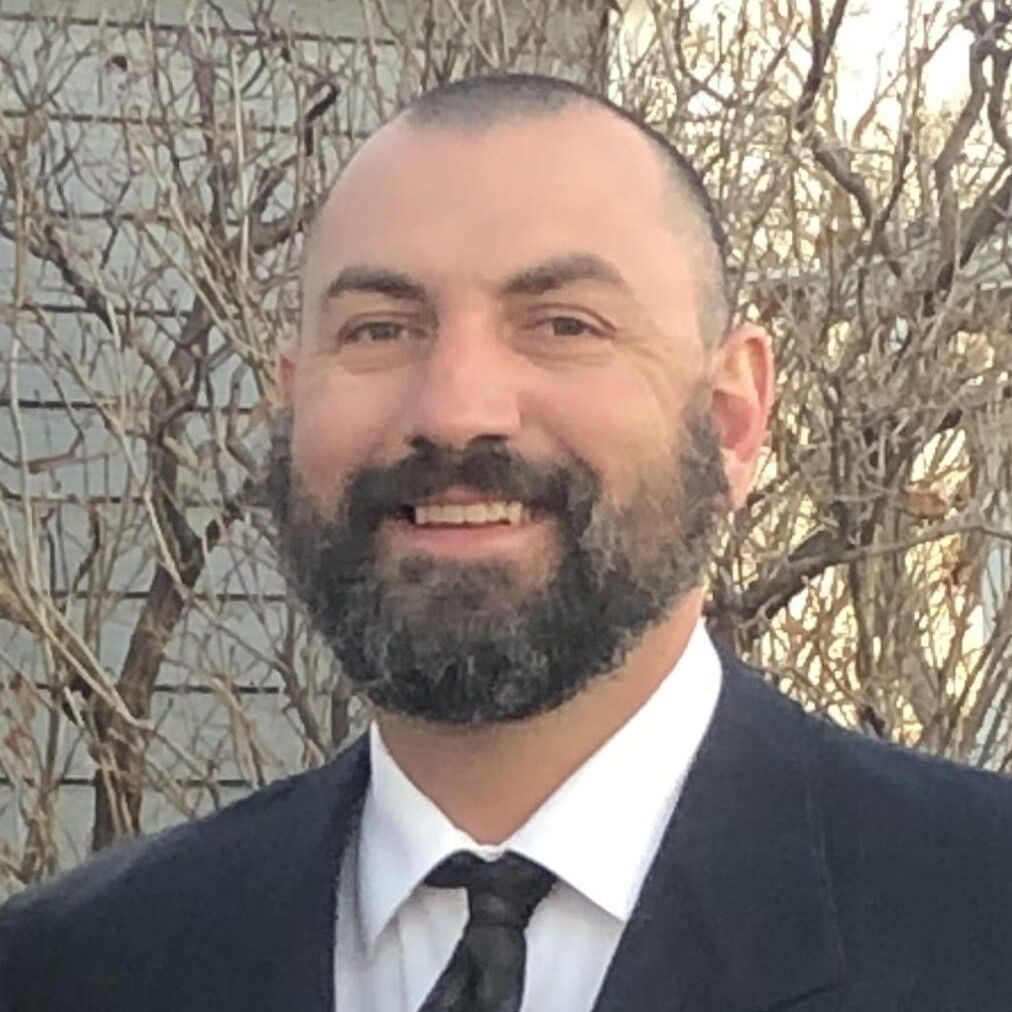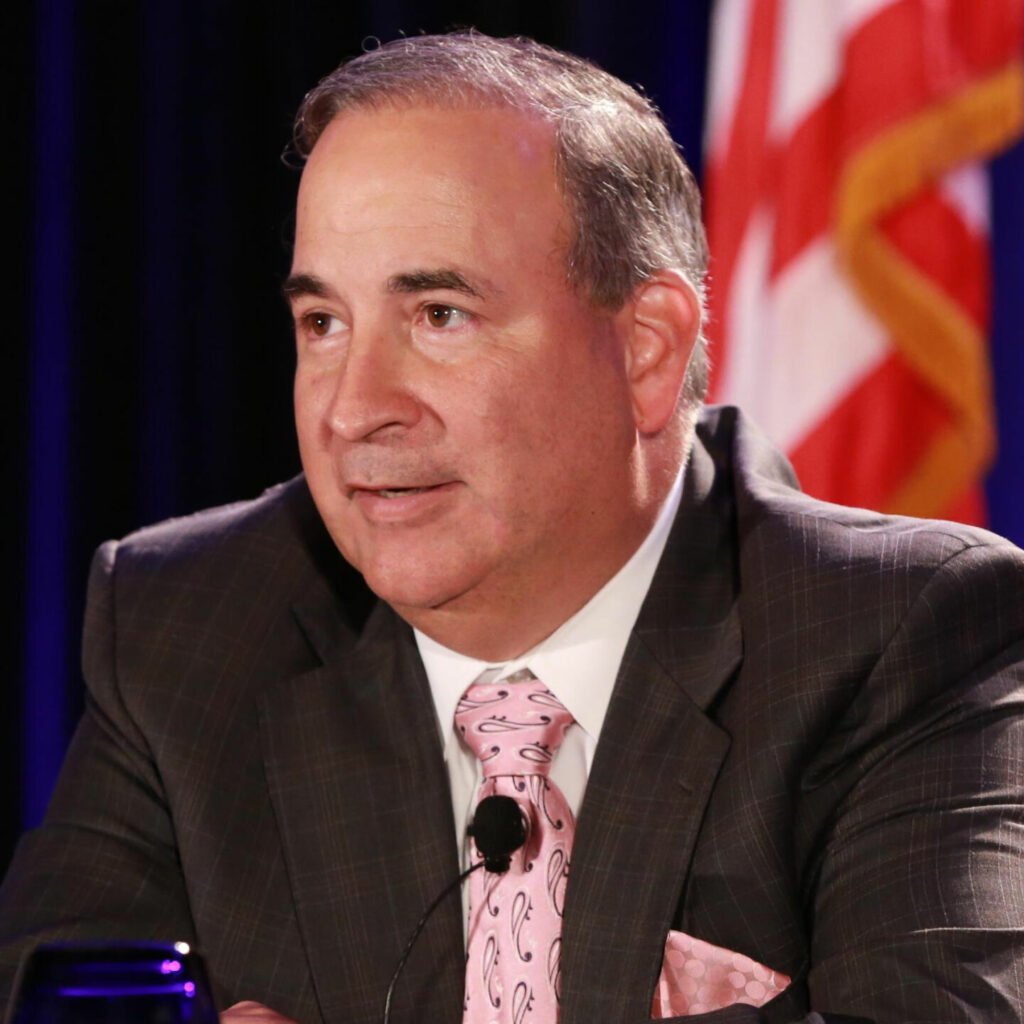State-chartered schools shortchanged in DougCo ballot bid


We all know that elected officials must make compromises. But in education, those compromises should never involve excluding students in your community from funding opportunities simply because of the public schools their parents choose.
Unfortunately, that’s exactly what the Douglas County school board has chosen to do by excluding two public charter schools from revenue raised by its proposed tax increase this fall.
On Aug. 23, after significant debate, the Douglas County School District Board of Education voted to place two measures on the local 2022 ballot. The first is a $60 million mill levy override (MLO), or property tax increase. The second is a $450 million bond issue for capital improvements, school safety and the construction of new schools. Bonds are debt to be paid back by taxpayers over time. In this case, the actual repayment cost of the debt is $775.5 million. The district plans to pay that back with $49.7 million of taxpayer money annually.
Though the language for the bond issue mentions that there will be no “expected” increase in the district’s bond fund mill levy rate based on current assessed value and tax collection, taxes would decrease slightly if the measure were not to pass. And, as we all know in this economy, things can change. The bottom line is that, once approved, Douglas County voters are on the hook for the repayment of the debt.
All this adds up to north of half a billion (with a “b”) dollars in additional funding for public schools in Douglas County – a hefty chunk of change messaged as a “kumbaya moment” that benefits everyone.
But that’s not exactly true. From the $450 million bond, only eight of Douglas County’s nearly 20 district-authorized public charter school campuses (excluding the HOPE network, which operates largely outside the district’s boundaries) are slated to receive project funding totaling $7.1 million under the district’s bond plan. That list includes American Academy, which Superintendent Erin Kane ran until she replaced former superintendent Corey Wise in a big hullabaloo back in February.
And though the district proudly announces on its website that “charter schools share in DCSD’s MLO on a 100% equal, per-student basis,” it plans to share exactly $0 with two charter schools serving nearly 2,000 students within the school district’s boundaries: Ascent Classical Academy Douglas County and Colorado Early Colleges Douglas County.
Why exclude these two schools in particular? Beneath all the rhetoric, the answer largely comes down to control. These public schools serve Douglas County students and families just like every other school in the district, but their existence is authorized by the state rather than by the school district itself.
In Colorado, public charter schools can only be authorized by one of two bodies. The first is a local school board, which historically has posed a major problem because many elected board members are reluctant to authorize competition for the district-run schools they oversee. The second is the Colorado Charter School Institute (CSI), a state-level public body that can approve charter school applications – albeit only in cases where school districts voluntarily release the schools to CSI for authorization.
That latter point is due to “exclusive chartering authority,” or the legal concept that school districts alone hold the power to decide which charter schools are allowed to open within their boundaries regardless of parental demand, community need or any other factor. It has long been a sticking point for education reform advocates who favor broad school choice – and particularly for conservative leaders, who typically believe in decentralizing control, broadening parental choice and protecting the interests of students instead of systems.
In this case, however, the board has openly stated that they will gladly share MLO dollars with the two excluded charter schools – if those schools simply agree to return to district control under its authorization umbrella. The odd mismatch between typical conservative philosophy and the actions of Douglas County’s self-professed conservative leadership has drawn criticism from other conservatives and elected officials in the county.
District leaders have stated that they cannot legally share MLO funds with these two charter schools under the proposed ballot language – they even modified the ballot question during the Aug. 23 board meeting to remove language that clearly provided that flexibility.
But even the tighter language contains no explicit prohibition on sharing with CSI schools. It simply says that the money will be used to fund teacher pay increases. Given that these two public charter schools do, in fact, employ teachers – just like any other charter school operating in Douglas County – it seems well within reason that district leaders could work out a solution that funds those teachers, too.
The district’s second argument, that it cannot share with CSI schools because it cannot guarantee “accountability” for the dollars with state-authorized schools, is also unconvincing. CSI is a public entity that has been around for nearly two decades, employs a large professional staff and exists under direct oversight from the Colorado Attorney General’s Office. The idea that the organization could not ensure that two schools use dollars for intended purposes is, frankly, absurd. And if the district truly needs more assurances, there is nothing precluding discussions about separate legal agreements with CSI or the schools themselves.
It’s also worth noting that I have yet to dig up an instance of a successful legal challenge to the use of voter-approved MLO funds. So, we’re largely sparring with ghosts at this point.
On the other hand, there are very compelling reasons to include CSI schools in the district’s MLO question. The first (and most important) is basic fairness. These schools serve Douglas County families, employ teachers from Douglas County and are underfunded at an even more severe level than district schools because they must pay for their own facilities and live with broken promises from the Colorado legislature to fully backfill existing local property tax dollars that they cannot access.
Peeling off what equates to about $20 per-kid district-wide to send their way seems like an easy call and the right thing to do.
The other reason is more self-serving on the district’s part. This is a very bad year to run a tax increase, particularly in largely Republican Douglas County. The school board has been besieged by accusations of improper conduct, inflation is through the roof and the U.S. economy is teetering on the edge of another recession. Plus, the district just asked for and received $290 million in new funding from district taxpayers in 2018.
Those factors might help explain why a recent poll reportedly found that only 39% of Douglas County voters support increasing taxes this year.
It’s going to be a tough election, and one suspects that the district will need all the help it can muster if it wants to get these measures across the finish line in – checks calendar – fewer than 50 days. The thousands of Ascent Classical and Colorado Early Colleges parents, families and supporters who might vote
“Yes” if included could surely prove useful on that front.
Douglas County has an opportunity here to check a lot of boxes. It can unite a community riven by education battles instead of further dividing it. It can choose fairness over politics. Its leaders can show that they, as conservatives, support school choice and value supporting students over systems. And the district can serve as an example of how supporting parental choice ought to look at the local level.
Sometimes the right thing isn’t the easy thing. But in this case, it is the obvious one.
Ross Izard is the parent of two children attending a Douglas County public charter school. He also serves on the board of directors for the Colorado Charter School Institute.













